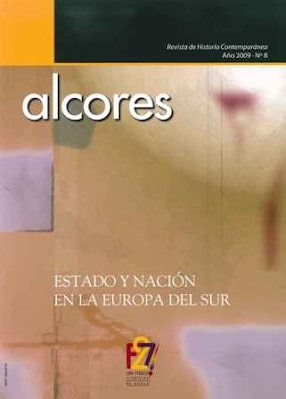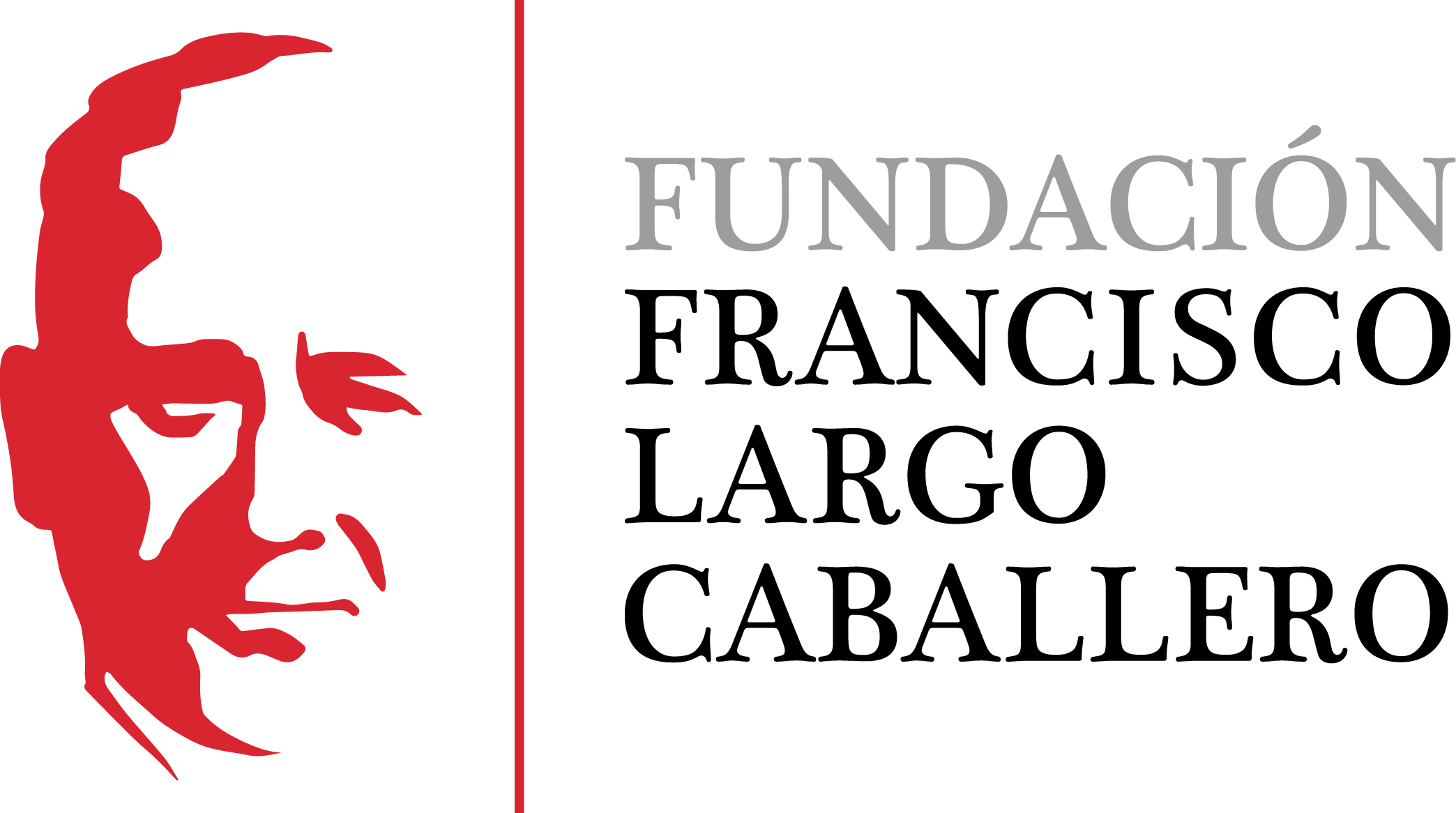Fatherland, Nation and State in the Portuguese Constitutional Monarchy
DOI:
https://doi.org/10.69791/rahc.204Keywords:
Nation, Monarchy, Liberalism, Portugal, RepublicAbstract
Our starting point will be the following: the 1820 Portuguese Liberal Revolution, which established a constitutional monarchy, tried to base the desired civic nation on the res publican idea of «constitutional patriotism», having as example the Cadiz Constitution of 1812. However, when the most conservative liberal faction —identified with the constitutionalism granted by the king— gained prominence, not only an eclectic coexistence between the monarchic principle and the national principle took place, but also a centralist State, inspired in the French model, became preponderant. Against it, a group of opposite alternatives will arise: some, traditionalist and integralist, others, republican. And, if both movements demanded a municipal and decentralized politicaladministrative organization, the second one wanted that organization to serve the society democratization, thus, the Republic. This would be the best way to defeat caciquism, the social phenomenon which Constitutional Monarchy and the reproduction of its political supporter elites had generated.
Downloads
Global Statistics ℹ️
|
68
Views
|
20
Downloads
|
|
88
Total
|
|
Downloads
Published
How to Cite
Issue
Section
License
Copyright (c) 2010 Fernando Catroga; Beatriz Peralta García

This work is licensed under a Creative Commons Attribution 4.0 International License.
Alcores is an open-access journal. It provides unrestricted access to its content from the moment of publication. We respect intellectual property rights, and for this reason, the author retains the copyright. All content is distributed under a Creative Commons Attribution 4.0 International (CC BY 4.0) license. The terms of the license can be consulted at: https://creativecommons.org/licenses/by/4.0/
This license allows sharing (copying and redistributing the material in any medium or format) and adapting (remixing, transforming, and building upon the material for any purpose), provided that authorship and first publication in this journal are properly credited, a link to the license is included, and any changes made are indicated.
This type of license facilitates the freedom of reuse and ensures that the content of this journal can be used to meet research needs.





